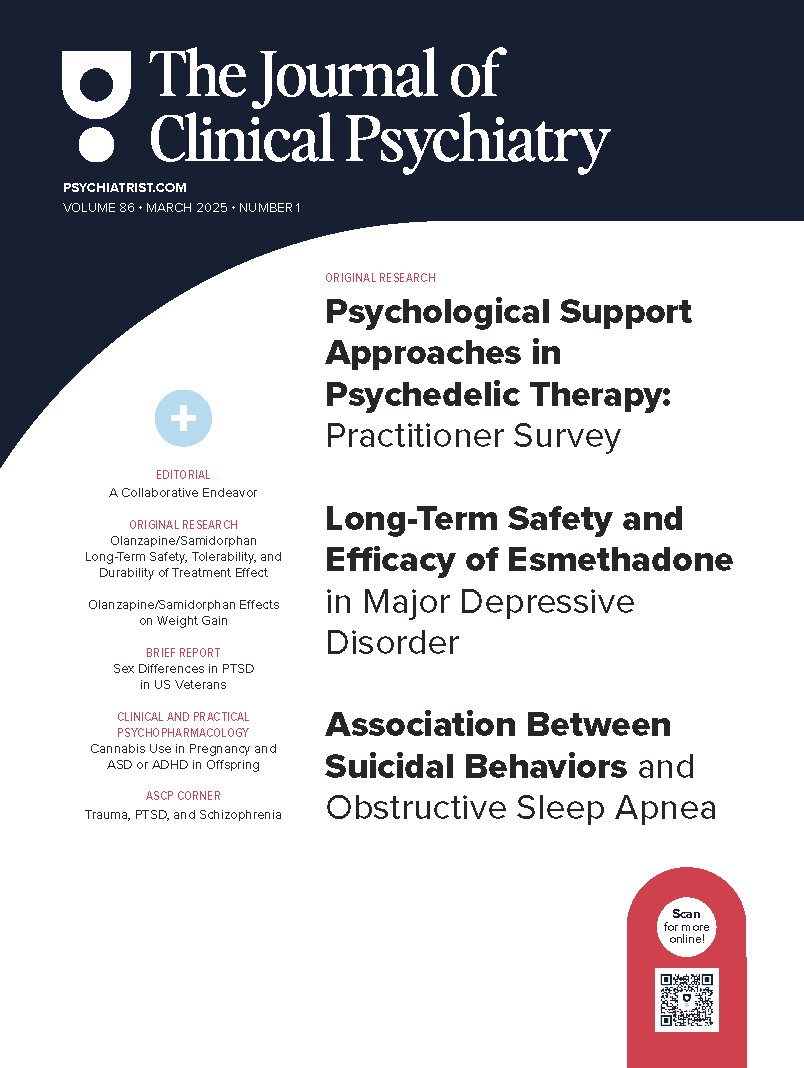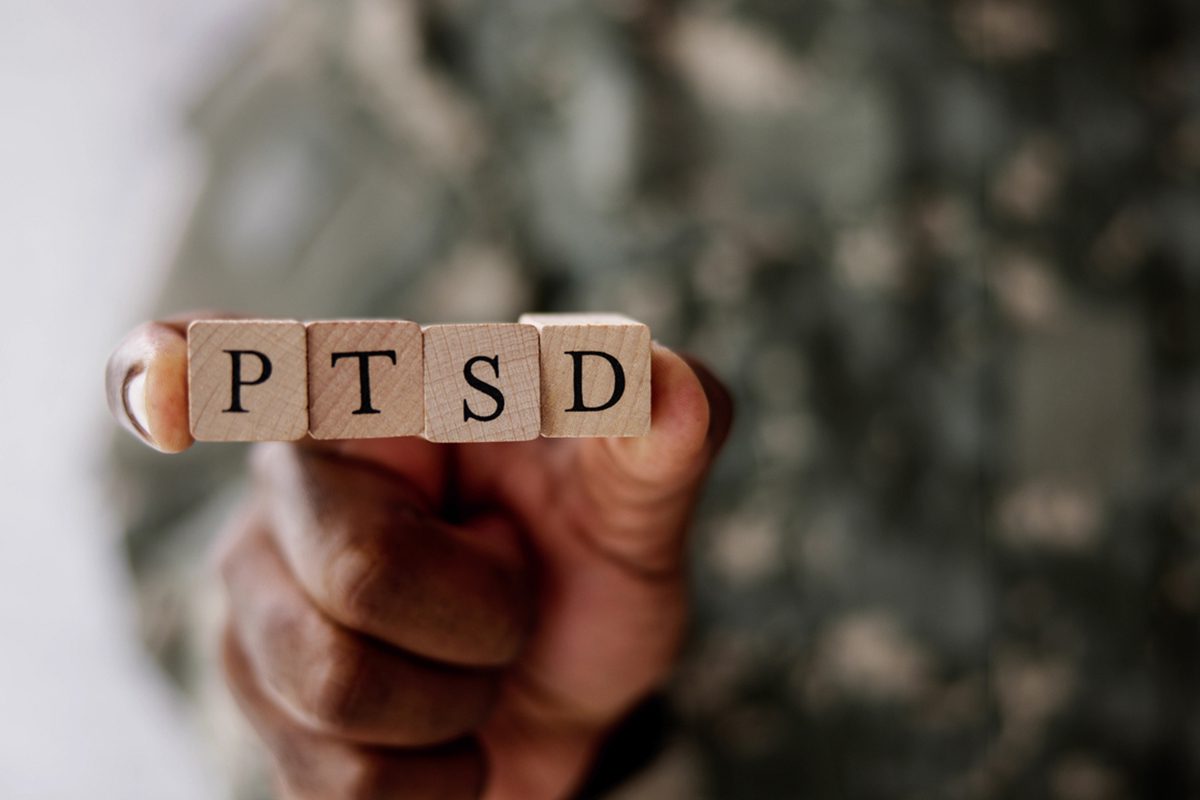Objective: To identify trajectories of posttraumatic stress disorder (PTSD) symptoms from before to 2.5 years after deployment and to assess risk factors for symptom fluctuations and late-onset PTSD.
Method: 743 soldiers deployed to Afghanistan in 2009 were assessed for PTSD symptoms using the PTSD Checklist (PCL) at 6 occasions from predeployment to 2.5 years postdeployment (study sample = 561). Predeployment vulnerabilities and deployment and postdeployment stressors were also assessed.
Results: Six trajectories were identified: a resilient trajectory with low symptom levels across all assessments (78.1%) and 5 trajectories showing symptom fluctuations. These included a trajectory of late onset (5.7%), independently predicted by earlier emotional problems (OR = 5.59; 95% CI, 1.57-19.89) and predeployment and postdeployment traumas (OR = 1.10; 95% CI, 1.04-1.17 and OR = 1.13; 95% CI, 1.00-1.26). Two trajectories of symptom fluctuations in the low-to-moderate range (7.5% and 4.1%); a trajectory of symptom relief during deployment, but with a drastic increase at the final assessments (2.0%); and a trajectory with mild symptom increase during deployment followed by relief at return (2.7%) were also found. Symptom fluctuation was predicted independently by predeployment risk factors (depression [OR = 1.27; 95% CI, 1.16-1.39], neuroticism [OR = 1.10; 95% CI, 1.00-1.21], and earlier traumas [OR = 1.09; 95% CI, 1.03-1.16]) and deployment-related stressors (danger/injury exposure [OR = 1.20; 95% CI, 1.04-1.40]), but not by postdeployment stressors.
Discussion: The results confirm earlier findings of stress response heterogeneity following military deployment and highlight the impact of predeployment, perideployment, and postdeployment risk factors in predicting PTSD symptomatology and late-onset PTSD symptoms.
Members Only Content
This full article is available exclusively to Professional tier members. Subscribe now to unlock the HTML version and gain unlimited access to our entire library plus all PDFs. If you’re already a subscriber, please log in below to continue reading.
Please sign in or purchase this PDF for $40.00.
Already a member? Login




